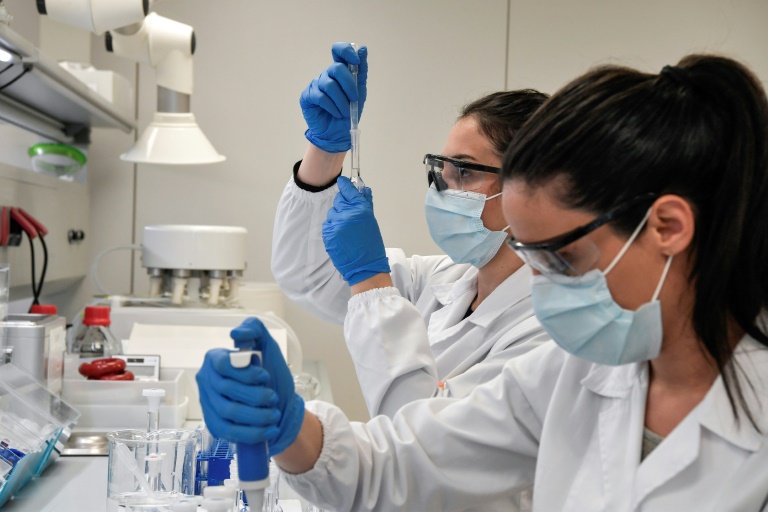New method developed for efficient synthesis of anti-cancer drugs

The proposed reforms are intended to make pharmaceutical drugs cheaper, prevent shortages and speed up delivery of new compounds – Copyright AFP/File Louisa GOULIAMAKI
Scientists have developed a new chemical synthesis method that could speed up the production of anti-cancer drugs. This is based on the Horner–Wadsworth–Emmons (HWE) reaction, which is a fundamental reaction in organic chemistry.
The process is widely used to create conjugated carbonyl compounds. The resultant conjugated carbonyl compounds are used in many industries for synthesizing perfumes, plastics, and pharmaceuticals and are also involved in biological processes.
Consequently, methods for improving HWE reactions are an active area of research. One potential application of HWE reactions is to develop (E)-isomers of conjugated carbonyl compounds that are useful for synthesizing chemicals called hynapene analogues with promising anti-cancer properties.
The traditional HWE reaction methods are sometimes inconsistent in their (E)- and (Z)-selectivity and require several steps to get further elongated compounds, which limits drug development.
Several studies have recently investigated new reagents to improve the selectivity of HWE reactions. However, the reason for their enhanced selectivity has not yet been examined enough, nor has the range of substrates suitable for these Weinreb amide-type HWE reagents been fully explored. Additionally, the effect of different reaction conditions on the HWE reaction using the same substrate has not been studied.
A research team from the Department of Applied Chemistry at Tokyo University of Science (TUS), Japan, led by Assistant Professor Takatsugu Murata, conducted a detailed study on HWE reactions and developed a robust and highly (E)-selective Weinreb amide-type HWE reaction with a broad substrate scope.
In this study, the researchers systematically tested the effect of different bases, solvents, cations, reaction concentrations, and temperatures on the reactivity and selectivity of the Weinreb amide–type HWE reaction. They discovered that using isopropyl magnesium bromide (iPrMgBr) as a base resulted in high (E)-selectivity, thanks to the formation of a magnesium phosphonoenolate intermediate. The structure of the intermediate and the valence of the metal cation were key to improving selectivity. Moreover, replacing bromine with chlorine in the base further improved selectivity.
The researchers also found that the magnesium phosphonoenolate intermediate formed using the iPrMgCl base was stable enough to be isolated. This isolated intermediate was exceptionally stable, showing no deterioration when stored at room temperature in an argon atmosphere for over six months. This intermediate could be directly used in HWE reaction with high (E)-selectivity.
According to Murata: “The reaction we developed is faster than traditional methods such as the Wittig reaction and the corresponding ester-type HWE reaction, and the applicable compounds can be used in an extremely wide range of applications, including the synthesis of pharmacologically active analogues.”
He adds: “A key achievement is the isolation of the active species in the reaction, which allows us to efficiently synthesize the important precursor for producing pharmacologically active compounds on a larger scale by preparing the active species in advance.”
The research has been published in The Journal of Organic Chemistry. The paper is titled “(E)-Selective Weinreb Amide-Type Horner–Wadsworth–Emmons Reaction: Effect of Reaction Conditions, Substrate Scope, Isolation of a Reactive Magnesium Phosphonoenolate, and Applications.”
New method developed for efficient synthesis of anti-cancer drugs
#method #developed #efficient #synthesis #anticancer #drugs





